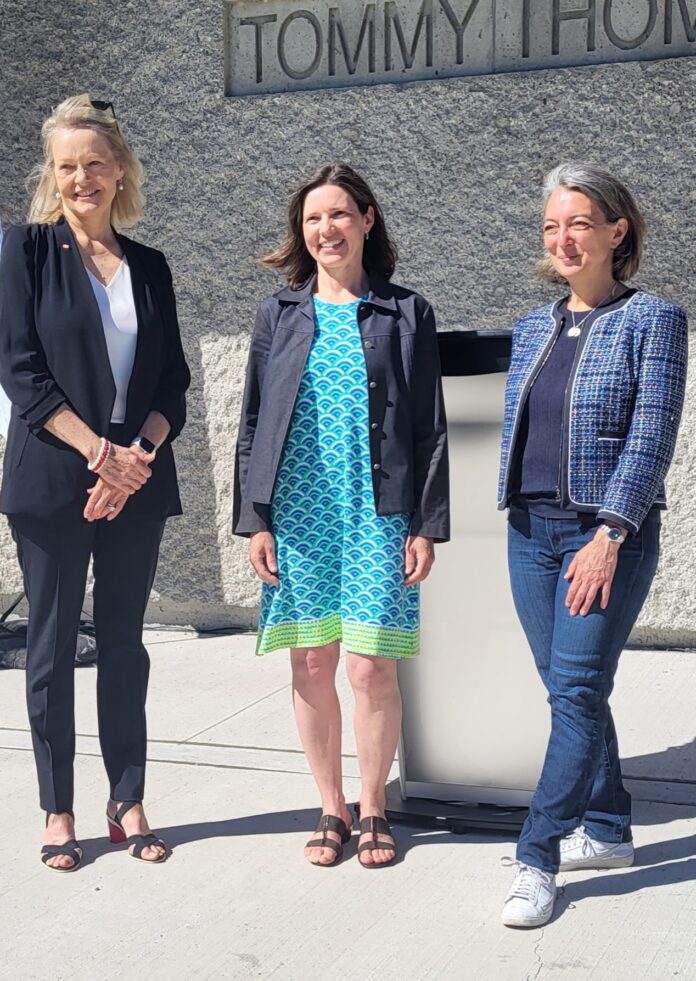The Georgian Bay Mnidoo Gamii Biosphere (GBMGB) is getting just over $500,000 over three years to boost biodiversity conservation efforts.
The money is part of $11.3 million earmarked by the federal government to increase biodiversity conservation in Canada’s nineteen UNESCO biosphere reserves. Dr. Becky Pollock, GBMGB’s Executive Director represented the Canadian Biosphere Reserves Association in receiving the funding on Friday.
“[GBMGB] was designated in 2004 and at that time it had several core areas, for example, provincial and national parks. And it also had buffer areas around the core (areas) mainly and those include conservation reserves that are Crown lands or treaty lands,” Pollock says.
She says with the help of this funding the biosphere is going to re-evaluate those core and buffer areas, and how they contribute to the diversity of species in the biosphere.
“We’re going to be working with partners to inventory biodiversity. We have some iNaturalist projects where we asked volunteers to contribute their species-at-risk sightings. So if you see a snake or a turtle or any flora and fauna that you want to record you can use the iNaturalist app. It’s free and you join the Georgian Bay biosphere project,” she says.
Pollock says the project already has over eight hundred volunteers contributing incredible information that has identified over 2,300 different species.
“I’m not sure whether we’ll reach 3,000 (species) but it is it’s almost like a library of biodiversity and there are experts worldwide that use this tool to basically confirm the sightings of volunteers. It’s a wonderful way to learn about biodiversity in our own area,” she says.
Locally, she says the entire Watershed of Muskoka Parry Sound will really benefit from this biodiversity work.
Dr. Pollock says natural areas need to be regarded as sanctuaries for wildlife as they come under pressure from things like climate change. She says doing our part in connecting a network of protected areas to enhance and protect biodiversity isn’t only for natural areas but also for future generations.
“We know that we need to protect wetlands to prevent flooding, these are important ecological services so it’s all connected. Our own quality of life in Parry-Sound Muskoka with biodiversity protection,” Pollock says.
The main thing, she says, is finding out whether our biosphere is adequately protecting species and then also what can we do to link these areas or patches with corridors. “We’re really doing that detailed evaluation over the next three years,” she adds.
“We’ve been able to engage in this long-term biodiversity work with our partners,” she says, like some of the work with mapping habitats for the species at risk such as the turtle species in the biosphere. “We’re working with partners, First Nations, municipalities, Georgian Bay Land Trust, for example, to try to raise the in-kind and cash support that will be needed to go forward with this work,” Dr. Pollock says.
The Georgian Bay Mnidoo Gamii Biosphere is one of the larger sites in Ontario, she says, coming in at about 348 thousand hectares from the Severn River in the South right up to the French River.
“We follow the Old Highway 69 and then we stretch west as far as the Limestone Islands. There are really significant conservation areas within that landscape including parks where we want to use those core areas of the biosphere for research, monitoring and some restoration work,” she adds.



